Top 10 Most Powerful Rivers in the World by Water Flow (2025)

Discover the 10 most powerful rivers in the world by water flow. From the Amazon to the Lena, explore Earth’s largest river discharges and their mighty impact.
When we think of mighty rivers, we often picture their length or the vastness of their basins. But there’s another way to measure a river’s strength—discharge: the volume of water a river releases into the ocean or another body of water, measured in cubic meters per second (m³/s).
This metric unveils a different kind of power—the raw, untamed force of liquid life, coursing across continents. From rainforest torrents to Arctic giants, these are Earth’s most powerful rivers by average discharge—the lifeblood of our planet’s ecosystems.
Curious about which rivers are the longest or widest? We’ve got you covered.
🌍 Top 10 Most Powerful Rivers in the World by Average Discharge
1. Amazon River (South America)
Average discharge: ~209,000 m³/s
Length: 6,400 km
Where: Brazil, Peru, Colombia, and more

The undisputed king of rivers. The Amazon carries more water than the next 7 largest rivers combined, pouring a fifth of all freshwater into the oceans. Its basin is a living, breathing rainforest, and its flow is so vast it can be seen from space.
2. Congo River (Africa)
Average discharge: ~41,000 m³/s
Length: 4,700 km
Where: Democratic Republic of the Congo, Republic of Congo
Second only to the Amazon, the Congo is Africa’s deepest and most voluminous river. With its massive rainfall-fed basin, it powers entire rainforests and hydroelectric systems, and its flow thunders through gorges like Inga Falls.
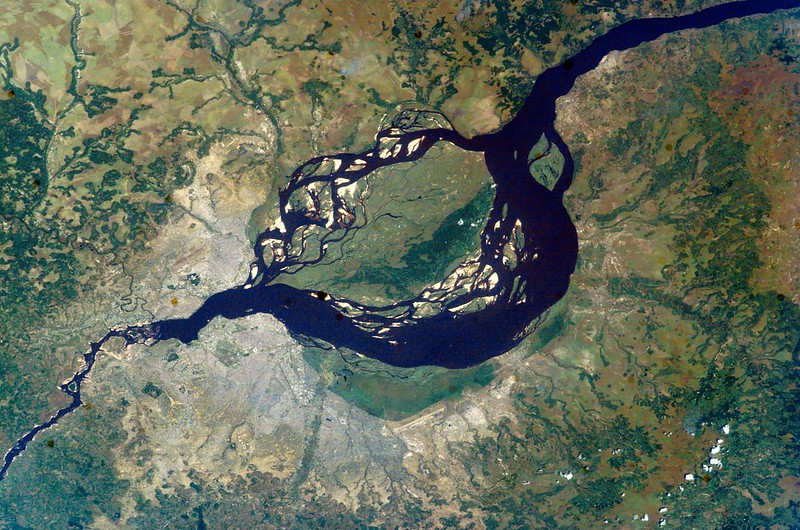
3. Ganges–Brahmaputra–Meghna (Asia)
Average discharge: ~38,000 m³/s
Length: 2,520–3,000 km
Where: India, Bangladesh, Tibet
This colossal river system merges in Bangladesh to unleash one of the world’s most powerful discharges. Fueled by the monsoon and the Himalayas, it creates the largest river delta on Earth and is crucial to over half a billion people.
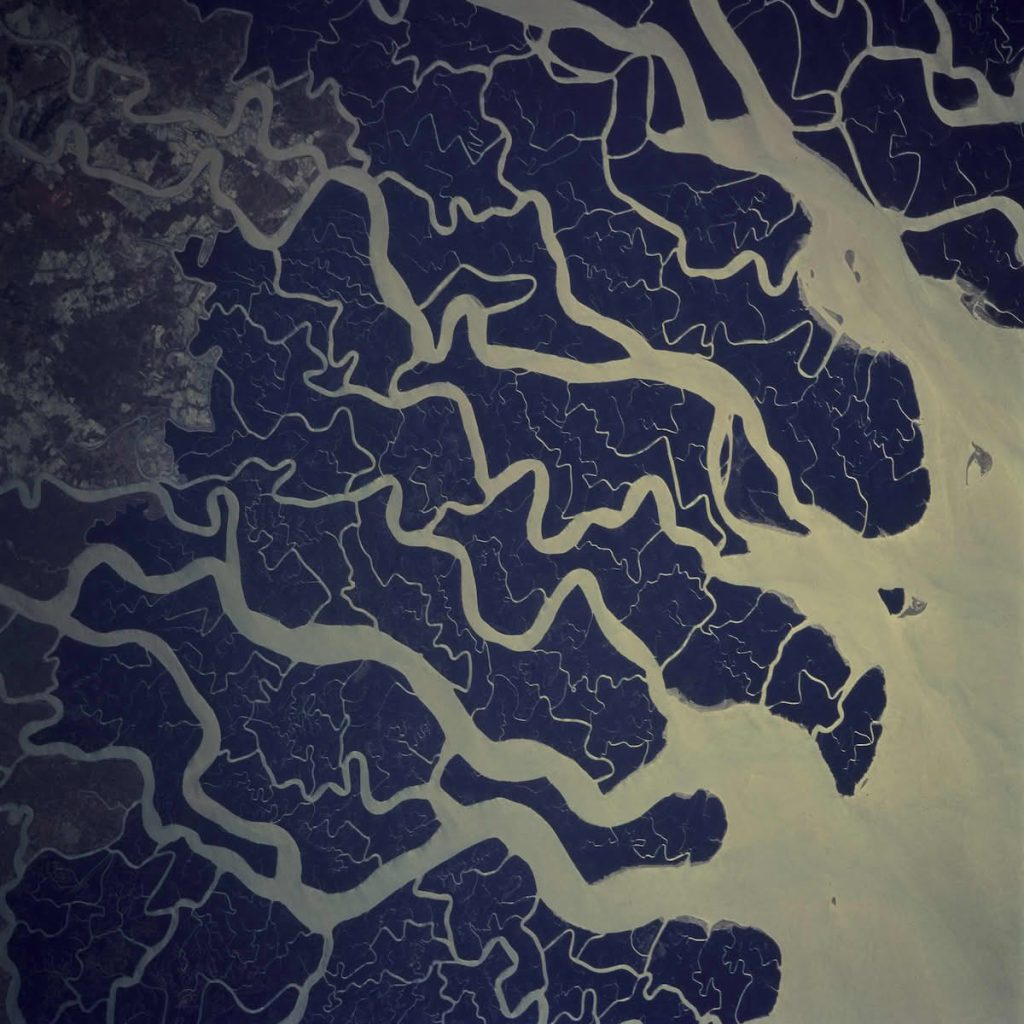
4. Orinoco River (South America)
Average discharge: ~37,000 m³/s
Length: 2,250 km
Where: Venezuela, Colombia
Snaking through lush jungle and flooded savannas, the Orinoco is South America’s second-strongest force. During the rainy season, its volume surges with incredible speed, and it even connects to the Amazon via a natural canal.
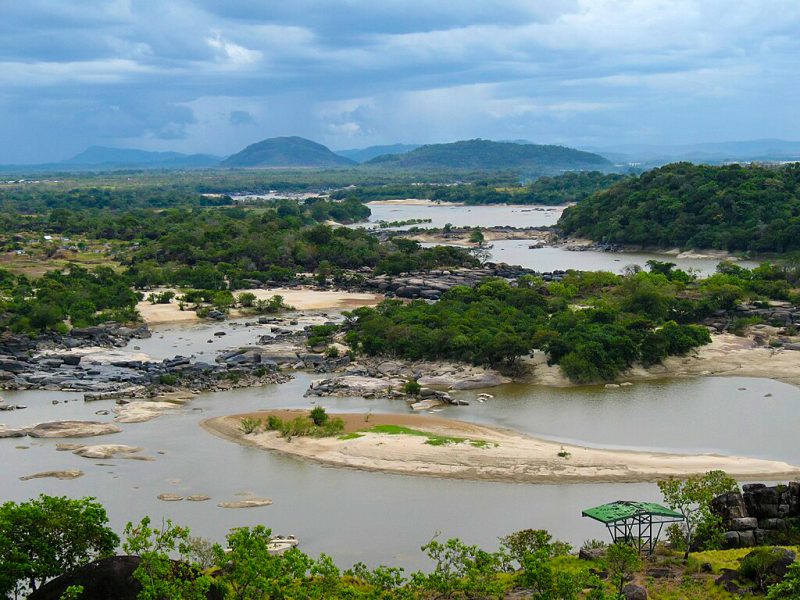
5. Yangtze River (China)
Average discharge: ~31,900 m³/s
Length: 6,300 km
Where: China
The longest river in Asia, the Yangtze roars with power through steep gorges and expansive plains, nourishing over 400 million people. It’s home to the world’s largest dam—Three Gorges—which harnesses part of its tremendous flow.

6. Madeira River (South America)
Average discharge: ~31,200 m³/s
Length: 3,250 km
Where: Brazil, Bolivia
A massive tributary of the Amazon, the Madeira alone carries more water than many entire rivers. In flood season, its flow transforms the surrounding forest into a flooded world of floating trees and mirrored skies.
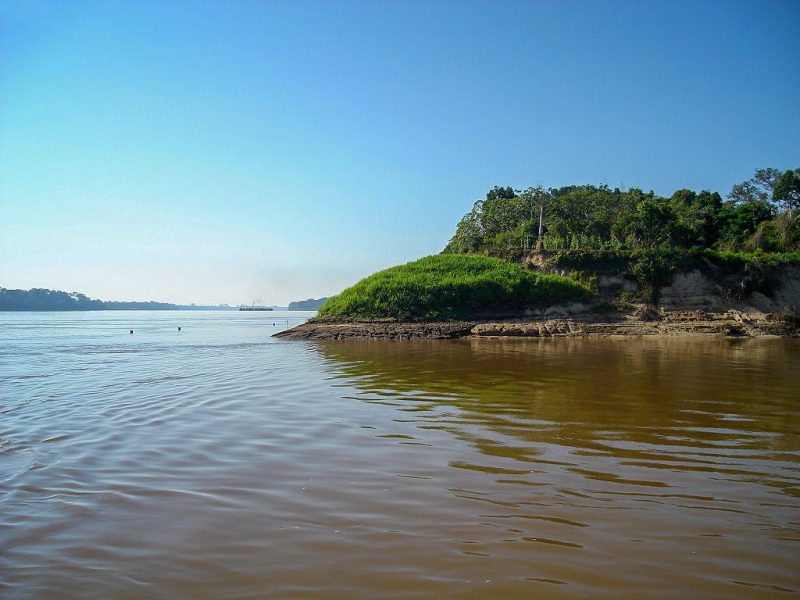
7. Rio Negro (South America)
Average discharge: ~28,400 m³/s
Length: 2,250 km
Where: Colombia, Venezuela, Brazil
Another Amazon tributary, the Rio Negro is the largest blackwater river in the world, tinted dark by decaying vegetation. Its surreal hue and immense flow make it both mysterious and mighty.
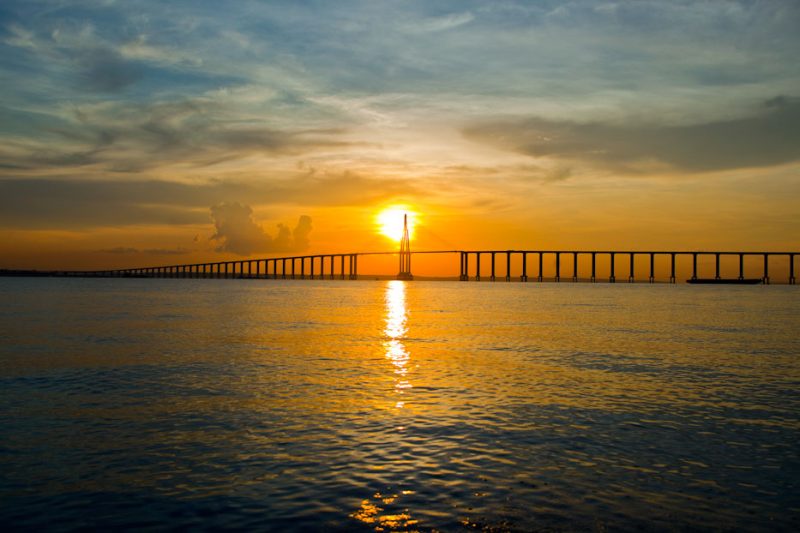
8. Yenisey River (Russia)
Average discharge: ~19,600 m³/s
Length: 5,539 km
Where: Mongolia, Russia
Born in Mongolia’s highlands and surging through Siberia, the Yenisey is a cold-water colossus. It empties into the Arctic Ocean with icy might, one of the great northern arteries of the planet.
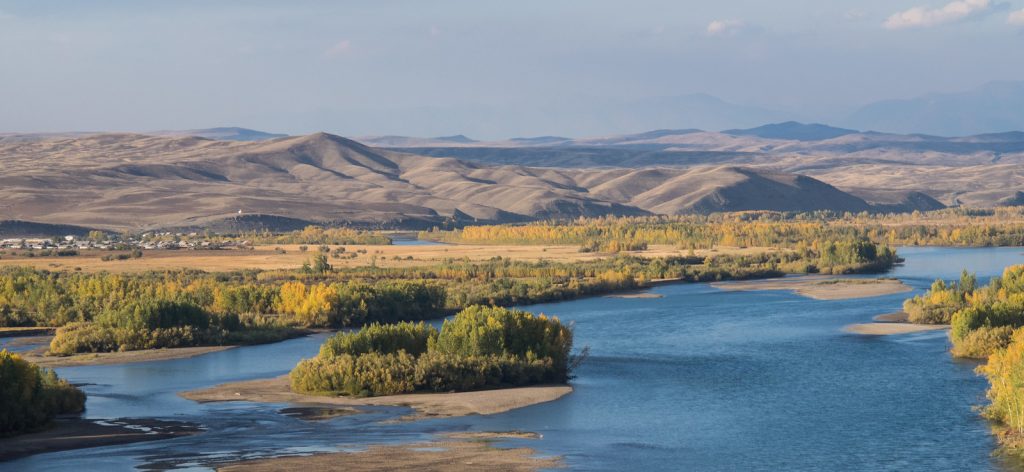
9. Lena River (Russia)
Average discharge: ~17,000 m³/s
Length: 4,400 km
Where: Russia
Winding through permafrost and tundra, the Lena carries immense volumes of snowmelt north to the Laptev Sea. It creates one of the largest Arctic deltas, rich in birds and wildlife despite its frozen setting.
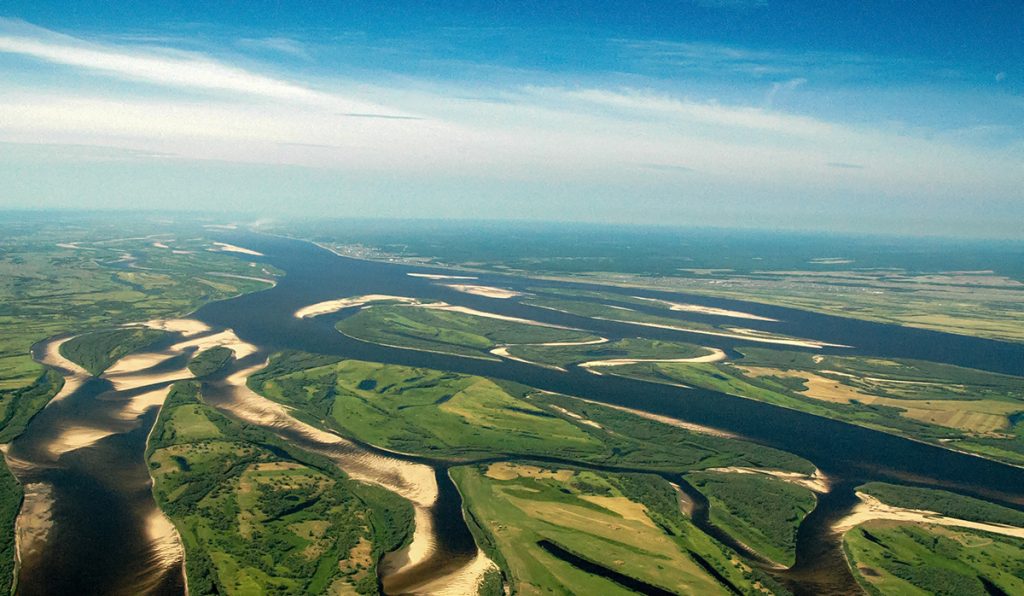
10. Tocantins River (Brazil)
Average discharge: ~13,600 m³/s
Length: 2,640 km
Where: Brazil
Flowing outside the Amazon Basin, Tocantins is often overlooked—but it shouldn’t be. A powerhouse in its own right, it fuels major hydroelectric stations and lush Brazilian wetlands.
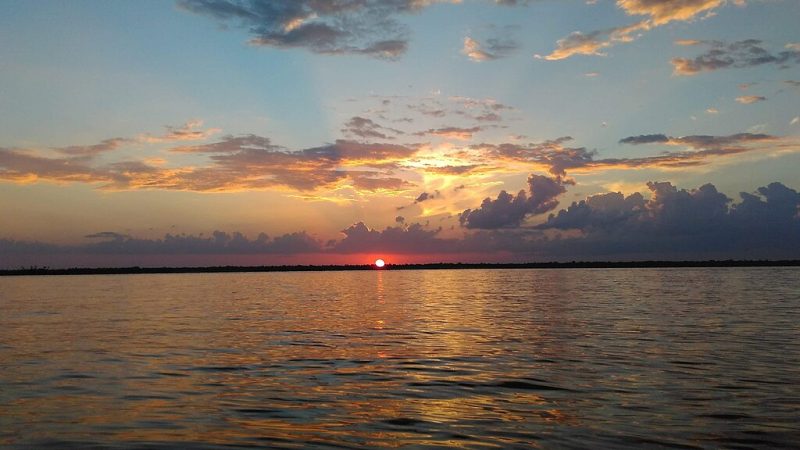
💧 Why Flow Matters
A river’s discharge reveals how much life it can support, how much energy it can generate, and how forcefully it reshapes the land. It’s not just about the water—it’s about the pulse of the planet.
Powerful rivers mean floodplains full of nutrients, rich fisheries, navigation channels, and entire economies. But with this power comes risk—flooding, erosion, and the threat of climate disruption.
🌊 Learn More
Curious about rivers by length, volume, or basin size?
→ Explore more posts on the great rivers of the world, and dive into the dynamic systems that sustain life across every continent.



